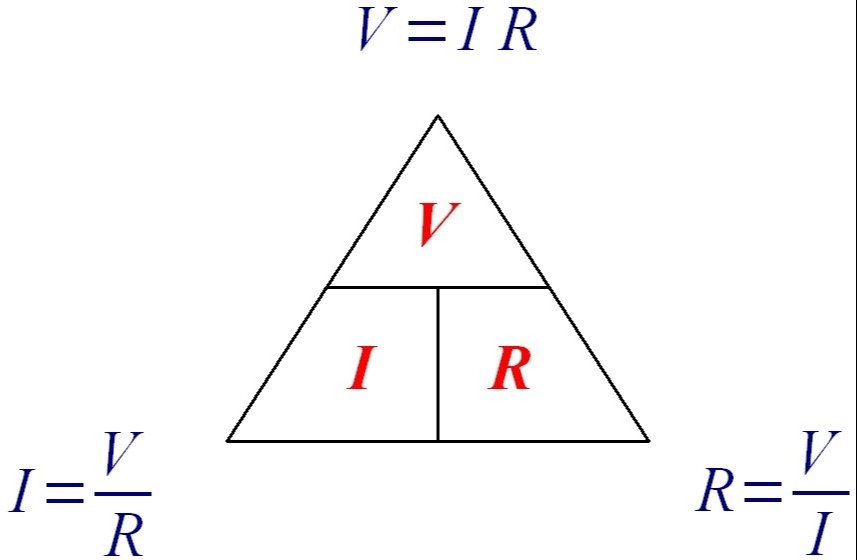Ohm’s Law
In 1827, George Ohm demonstrated through a series of experiments that voltage, current, and resistance are related through a fundamental relationship: Voltage

Resistance
Resistance is measured in ohms, represented by the symbol Omega (Ω). According to Ohm’s law, one volt impressed across 1 ohm of resistance will cause 1 amp of current to flow. Similarly, 3.3V impressed across 3.3Ω will cause 1A of current to flow.

In Fig. 2, the lines leaving the positive and negative sides of the power supply represent conductors with an insignificant amount of resistance. Thus, the voltage delivered by the power supply is present at both sides of the resistor - 3.3V at the left side of the resistor, and 0V (GND) and the right side of the resistor. As current flows through the resistor, collisions occur between the electrons flowing from the power supply and the materials in the resistor. These collisions cause electrons to give up their potential energy, and that energy is dissipated as heat. As with any physical system, we define the time derivative of energy as power; in electric circuits, power (measured in Watts) is defined as voltage times current, or
Important Ideas
- Resistance is measured in Ohm’s (Ω).
- Ohm’s law states that 1 volt impressed upon 1 ohm of resistance will cause 1 amp of current to flow.
- In circuits, power is measured in Watts, which is measured in voltage times current.
- The power of an electric circuit is measured in Watts, or Joules per Second.
